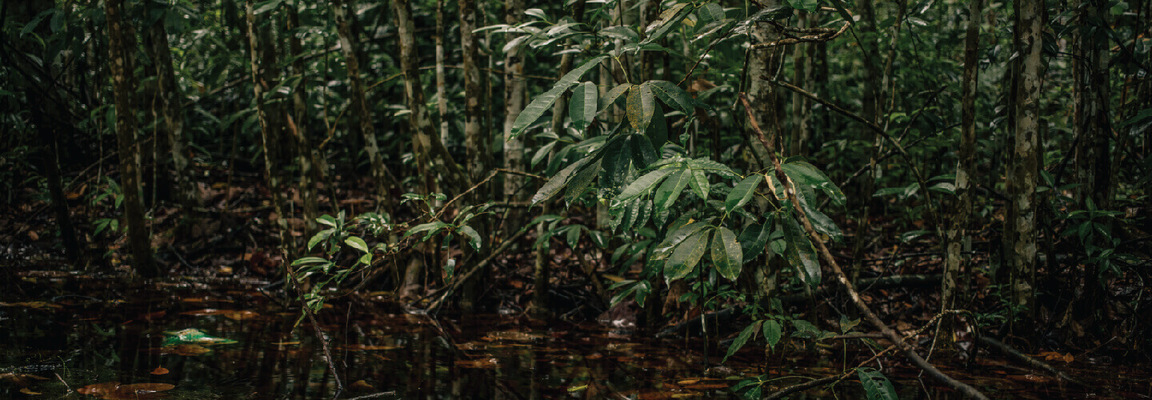
Peatland Awareness Materials
Oct 6, 2022 - Oct 6, 2022
-
info@peopleforpeat.org
Introduction to Peatlands
Peatlands are terrestrial wetland ecosystems in which waterlogged conditions prevent plant material from fully decomposing. Consequently, organic matter production exceeds its decomposition, which results in a net accumulation of peat.
Peatlands are hugely important to our planet for lots of reasons. It acts as a carbon store; it is a great habitat for wildlife, has a role in water management, and provides livelihoods for communities.
Due to their uniquely important role as a carbon sink, peatlands are potentially one of the quickest wins in the fight against climate change. By conserving and restoring peatlands, we can reduce greenhouse gas emissions and revive an essential ecosystem that provides many ecosystem services including carbon storage, providing drinking water, regulating soil conditions, preventing floods, and providing wild plants for food and medicine.
Peatlands must be kept wet in order to play their role in the carbon cycle and water cycle effectively. Wet peat is an excellent carbon sink that can help in reducing the impact of global warming and mitigate the climate crisis. On the other hand, dry peat will continually release carbon into the air through the process of oxidation, even without fire. Wet peat also provides vital ecosystem services, such as erosion protection, water regulation, and carbon storage. By regulating water flows, they help minimize the risk of flooding and drought as well as prevent seawater intrusion.